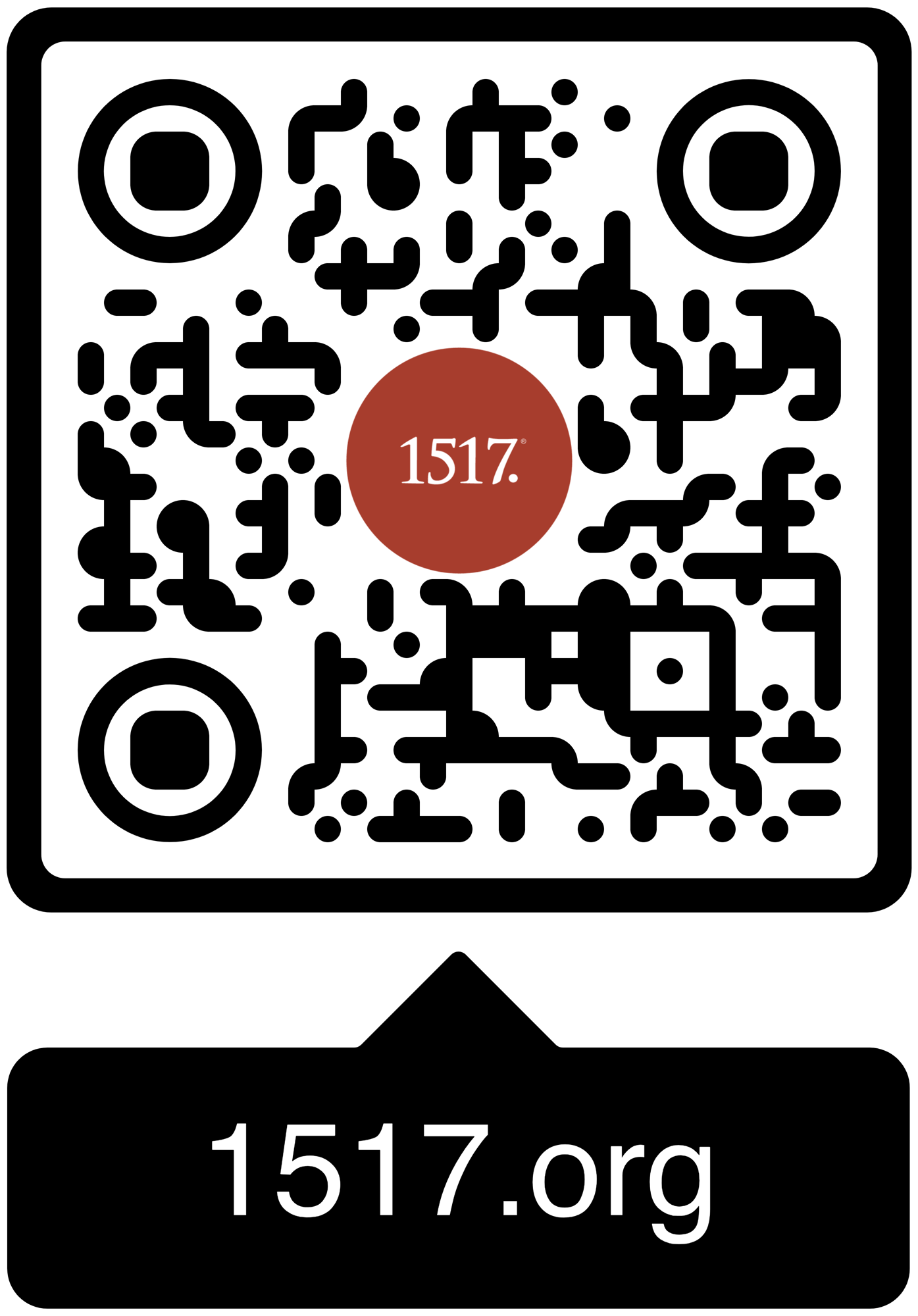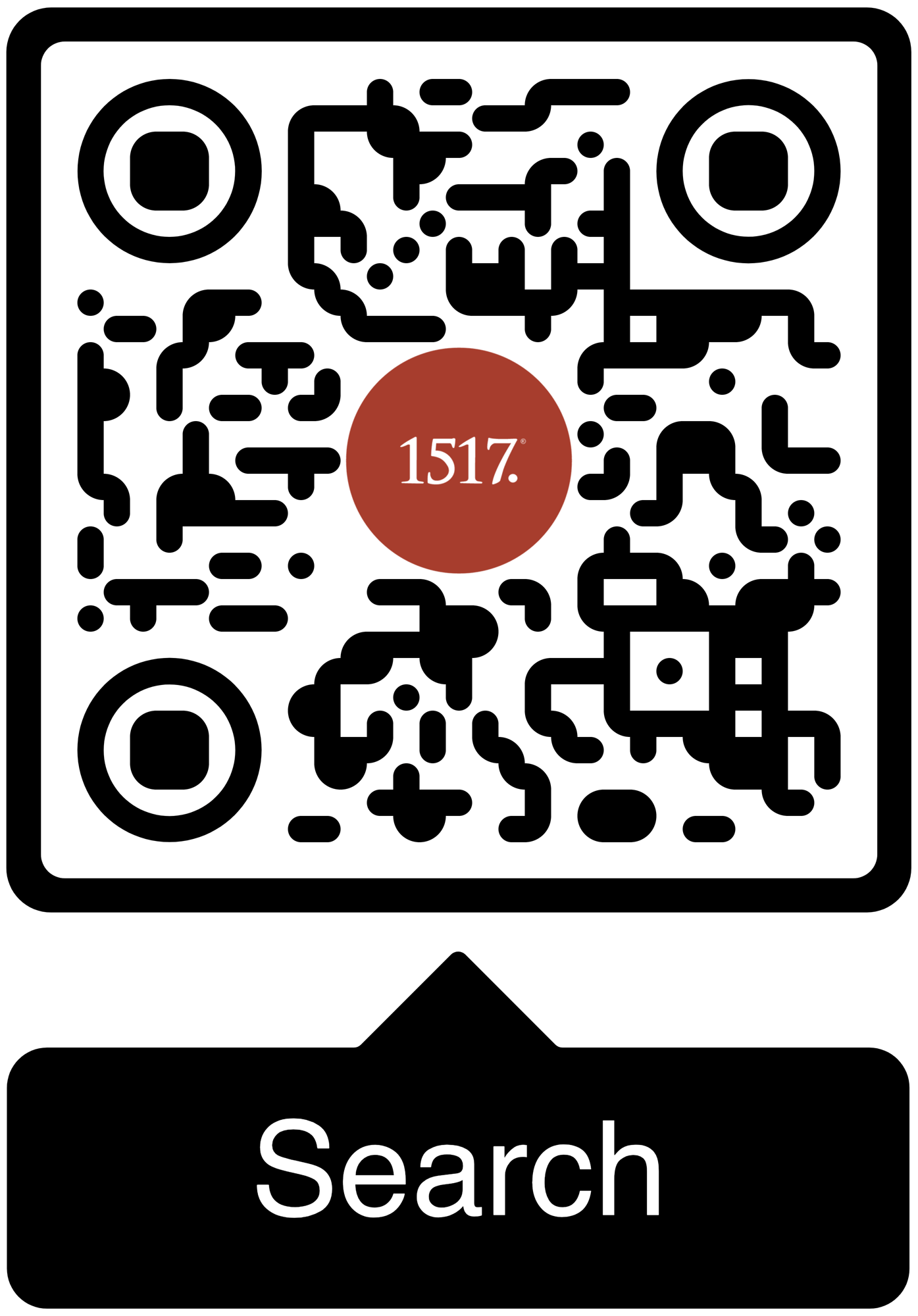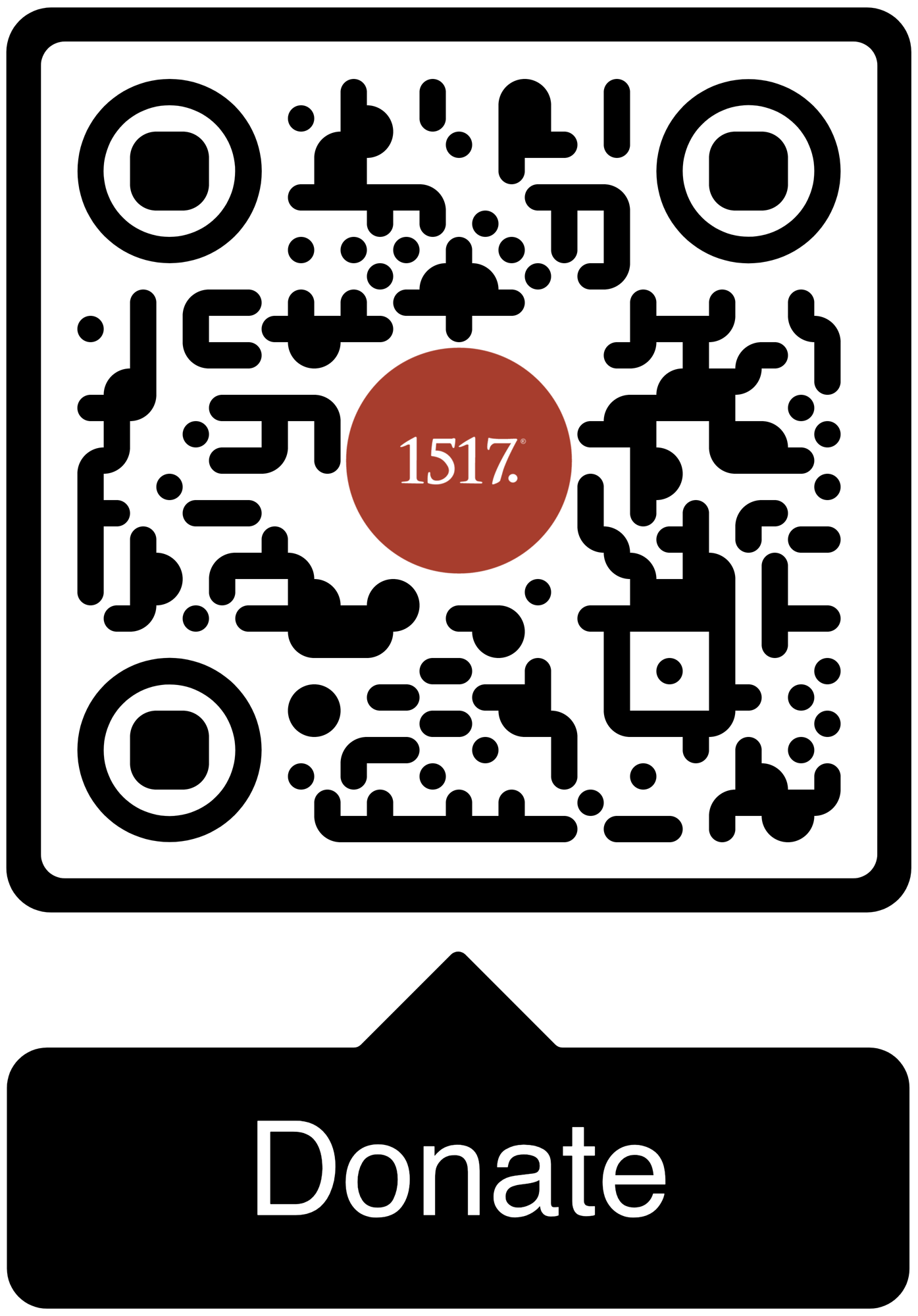Christmas is not only about a cradle in Bethlehem, it’s also about a cross outside Jerusalem where salvation was won for us.
12/31/25
A quick recap of some of our best content from 2025. Every year, we publish over 250 articles, release podcast episodes from 20+ unique podcasts, host two conferences (and participate in numerous speaking engagements), and more. This list just scratches the surface of our best of - thank you to everyone who makes this work and much more possible.
12/30/25
The story of your life stretches beyond the dash on the tombstone.
All Articles
Author
- All Authors
- 1517 Guest Contributor
- 1517 Publishing
- 1517 Staff
- A. A. Just Jr.
- A.J. Vega
- Aaron Boerst
- Adam Francisco
- Adam Stetson
- Amy Mantravadi
- Andrew Foss
- Anthony DiLiberto
- Blake Flattley
- Bob Hiller
- Bob Sundquist
- Bonnie Petroschuk
- Brad Soenksen
- Bradley Gray
- Brandon Hanson
- Brandon Pangman
- Brennan Manning
- Brian W. Thomas
- Bror Erickson
- Bruce Hillman
- C.S. Lewis
- Caleb Keith
- Chad Bird
- Charles E. Fry
- Christopher J. Richmann
- Cindy Koch
- CJ Armstrong
- Craig Donofrio
- Dan Chrismer
- Dan van Voorhis
- Dan Weber
- Daniel Deen
- Daniel Emery Price
- Daniel Stenberg
- David Clay
- David Rufner
- David Schmitt
- Debi Winrich
- Delwyn Campbell
- Dominick Santore
- Donavon Riley
- Edward Killian
- Elyse Fitzpatrick
- Erick Sorensen
- Gage Jordan
- Gerhard Forde
- Grant Klembara
- Greg Koukl
- Gretchen Ronnevik
- Haroldo Camacho
- Hermann Sasse
- Jacob Corzine
- Jacob Smith
- Jake Allstaedt
- Jared C. Wilson
- Jason Lane
- Jason Lang
- Jason Oakland
- Jay Sawrie
- Jeff Mallinson
- Jeffrey Pulse
- Jenifer Mohan
- Jessica Delgado
- Jessica Thompson
- Jim Nestingen
- Joel Fitzpatrick
- Joel Hess
- Joey Goodall
- John Bombaro
- John Bortulin
- John Chrysostom
- John T. Pless
- John W. Hoyum
- John Warwick Montgomery
- Jonathan Ruehs
- Jordan Spina
- Joshua Miller
- Justin Rossow
- Karen Stenberg
- Kathy Morales
- Katie Koplin
- Kelsi Klembara
- Ken Sundet Jones
- Kerri Tom
- Kevin Hale
- Kevin McClain
- Kyle G. Jones
- Larry D. Hughes
- Laura Bauer
- Luke Kjolhaug
- Magnus Persson
- Mariah Coward
- Mark Jasa
- Mark Mattes
- Mark Pierson
- Martin Luther
- Matt Johnson
- Matt Kroelinger
- Matt Popovits
- Matthew L. Rubinstein
- Michael Berg
- Michael Gibney
- Nicholas Hopman
- Nicholas Kallis
- Norman Nagel
- Paul Dunk
- Paul Koch
- Pete Lange
- Peter Nafzger
- Philip Bartelt
- Raleigh Sadler
- Rick Ritchie
- RJ Grunewald
- Robert Farrar Capon
- Robert Kolb
- Rod Rosenbladt
- Roland Ehlke
- Ron Hodel
- Russ Lackey
- Ryan Couch
- Ryan Matthias
- Ryan Stevenson-Cosgrove
- Ryan Tinetti
- Sam Leanza Ortiz
- Sam P. Schuldheisz
- Sarah Crowder
- Scott Davis
- Scott Keith
- Scott Landrum
- Seth Moorman
- Steve Byrnes
- Steve Kruschel
- Steven A. Hein
- Steven Paulson
- StoryMakers NYC
- Tanner Olson
- Tate Barber
- Ted Rosenbladt
- Travis Scholl
- Tyler Cronkright
- Uwe Siemon-Netto
- Valerie Thur
- Wade Johnston
- Walter Hwang
- Wayne Sender
- Zack James Cole
12/14/20
The absolute best part of Christmas is that it is not flat at all, but in fact, it is very tall.
12/13/20
Christmas is a tremendous opportunity to make known the good news of great joy, but this opportunity is squandered when the Word isn’t heard on account of the predictability of the proclamation.
12/13/20
Not only is Jesus the New David, He is also the New Temple—the House and Kingdom! This is the throne that is everlasting.
12/13/20
The mystery has been revealed! The mystery, of course, is the Gospel!
12/13/20
At the center of this gospel reading is a conversation. It was of the memorable variety. It involved a peasant girl from a small town and a mighty messenger from God.
12/11/20
This is Christmas. It is Jesus becoming all sin from generation to generation.
12/10/20
It turns out the family trait of not being able to wait runs deep and wide in the family of God. We do foolish things while we wait for promises to be fulfilled.
12/09/20
We do not believe that the virgin mother bore a son and that he is the Lord and Savior unless I believe the second thing, that he is my Savior and Lord.
12/08/20
The proclamation of Christ's coming is for all people, at all times.
12/07/20
He assumed the weakest form to do his greatest work.
12/07/20
God sent his Son down into the hidden places of our dark and dirty world to find us, and to the cross to wipe away our sins forever. That is what this story is all about.
12/06/20
Bonhoeffer’s Advent preaching was carried out under the dark shadow of war yet within that night the word of promise sounds forth with radiant clarity. There is much in his preaching to inspire, deepen, and sharpen our proclamation in Advent 2020.
1517 is a Christian non-profit (501(c)3) multi-media organization. Our mission is to declare and defend the Good News that we are forgiven and free on account of the death and resurrection of Jesus alone.





1517 grants permission for our free online resources to be printed, photocopied, and otherwise used freely for private and church use. We require that authorship and source (1517.org) are referenced and maintained. These resources may not be sold or included in any publications for sale.


